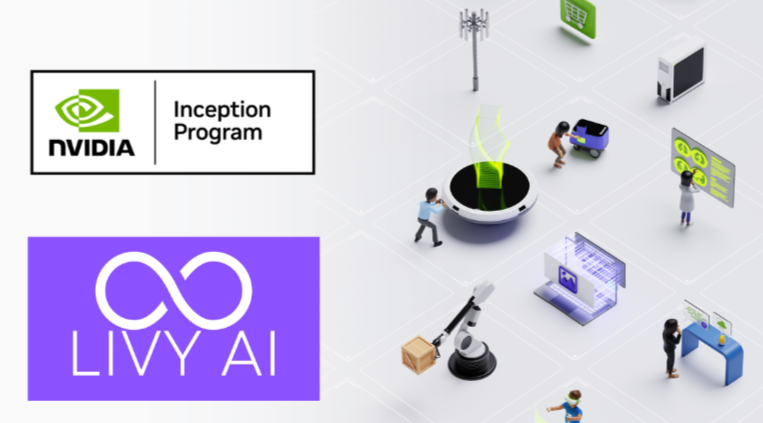
Decoding the Magic of AI Images: A Deep Dive into the Future of Visual Technology
The advancement of technology in the digital age has opened doors to numerous wonders, one of which is the generation of AI-driven images. These aren't mere graphics or illustrations; they're visual representations created with the help of complex algorithms. But how exactly does this technology function? In this comprehensive guide, we'll explore the inner workings of AI images and their transformative role in the digital world.
1. Understanding AI Images
AI (Artificial Intelligence) images refer to pictures generated or altered using artificial intelligence models. These models, equipped with vast amounts of data and processing power, can produce images that can often be indistinguishable from photographs taken in the real world. From deepfake videos to AI art, the capabilities seem infinite.
2. The Backbone: Neural Networks
The primary technology behind AI images is neural networks, inspired by the neural structures of the human brain. These networks consist of layers of interconnected nodes or 'neurons'. The more data (in this case, images) you feed into the system, the better it becomes at recognizing patterns and generating new ones.
Convolutional Neural Networks (CNNs):
These are specialized types of neural networks designed for image processing. By breaking down images into pixel data and recognizing patterns in these pixels, CNNs can classify and generate images with surprising accuracy.
3. Generative Adversarial Networks (GANs)
A pivotal advancement in AI image generation is GANs. It consists of two neural networks - a generator, which creates images, and a discriminator, which evaluates them. The two networks work in tandem, constantly challenging and refining each other's outputs. This iterative process results in highly realistic image generation.
4. How AI Images Are Revolutionizing Industries
Digital Art & Design: Artists now use AI tools to enhance their creations or even generate entirely new pieces, reshaping the realm of digital art.
Entertainment: Deepfake videos, which superimpose one's likeness onto another's body using AI, have found applications in movies and online content.
Healthcare: AI can enhance and interpret medical images, aiding in accurate diagnosis and treatments.
E-commerce: Virtual try-ons, where users can see how clothes, accessories, or even makeup look on them virtually, are now possible with AI-driven image generation.
5. The Ethical Considerations
While AI images hold vast potential, they also pose ethical challenges. Deepfakes can be used maliciously to spread misinformation or commit fraud. It's crucial for developers and users alike to be aware of the ethical implications and utilize the technology responsibly.
6. SEO Benefits of AI Images
For businesses and content creators, AI-generated images can offer substantial SEO advantages:
Customization: Tailor images to specific audiences or demographics, enhancing user experience and boosting site engagement.
Optimization: Use AI tools to optimize image sizes, formats, and qualities without compromising visual appeal, improving site load times.
Content Relevance: Generate images that perfectly match the content, increasing content relevance and potentially boosting search engine rankings.
7. The Future of AI Images
With continual advancements, the quality and applications of AI images are only set to expand. We might soon see:
-
Hyper-realistic Virtual Worlds: Imagine video games or virtual realities with graphics indistinguishable from real life.
-
Personalized Advertising: Ads with visuals tailored to individual preferences, enhancing engagement rates.
-
Enhanced Augmented Reality: AR experiences enriched with AI-generated content for a more immersive experience.
Conclusion
AI-driven images are no longer a mere concept; they're a transformative reality, reshaping numerous industries and offering unparalleled possibilities. As we stand on the brink of this visual revolution, understanding its intricacies becomes imperative.
The fusion of art and science, human creativity, and machine precision offers a glimpse into a future where the boundaries between the real and virtual become increasingly blurred. However, with great power comes great responsibility. As we embrace the wonders of AI images, let's also commit to wielding this technology ethically and judiciously.

